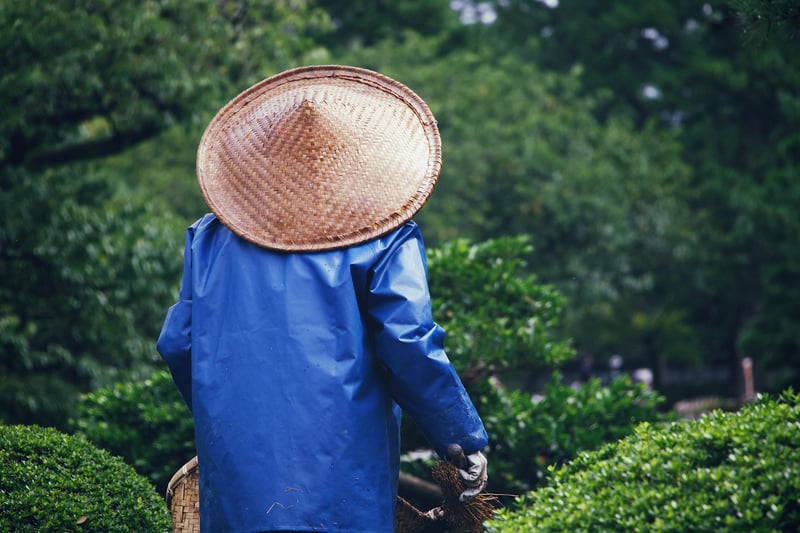Pruning Techniques
Guidance on Nurturing Plants and Pruning Techniques
Nurturing Plants
Proper care is essential for the health and growth of plants. Here are some tips to help you nurture your plants effectively:
1. Watering
Ensure plants receive adequate water based on their specific needs. Overwatering or underwatering can harm plants.
2. Sunlight
Place plants in locations where they can receive the right amount of sunlight. Some plants require direct sunlight, while others prefer indirect light.
3. Fertilization
Use appropriate fertilizers to provide essential nutrients to your plants. Follow instructions carefully to avoid over-fertilizing.
4. Pruning
Regularly prune your plants to promote growth, remove dead or damaged parts, and shape them according to your preference.
Pruning Techniques
Pruning is a vital practice that helps maintain plant health and aesthetics. Here are some techniques for effective pruning:
1. Cleaning Pruning
Remove dead, diseased, or damaged branches to prevent the spread of infections and improve air circulation within the plant.
2. Thinning Pruning
Thin out crowded areas within the plant to allow for better light penetration and airflow, reducing the risk of diseases.
3. Heading Pruning
Heading cuts involve trimming the tips of branches to encourage bushier growth and shape the plant according to your desired form.
4. Rejuvenation Pruning
Rejuvenation pruning involves cutting back overgrown plants to stimulate new growth and restore their vitality.

By following these nurturing and pruning techniques, you can ensure your plants thrive and enhance the beauty of your garden or indoor space.
Remember to research the specific needs of each plant species to provide tailored care for optimal growth and development.
